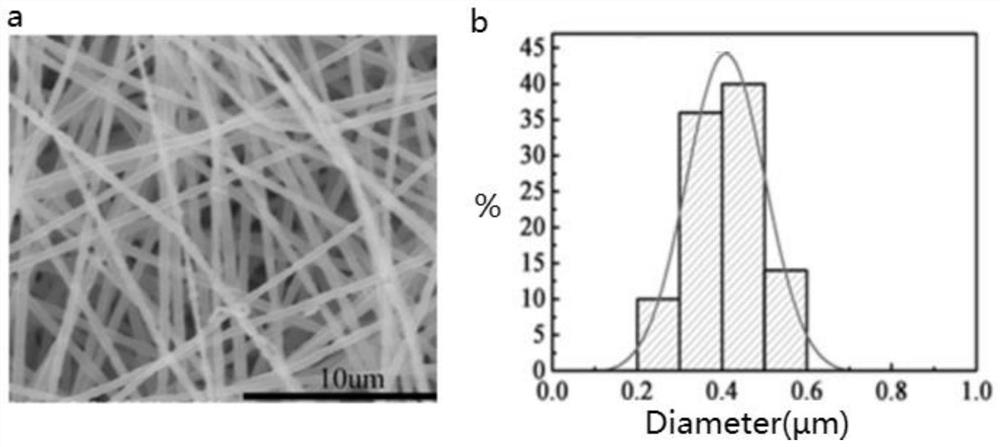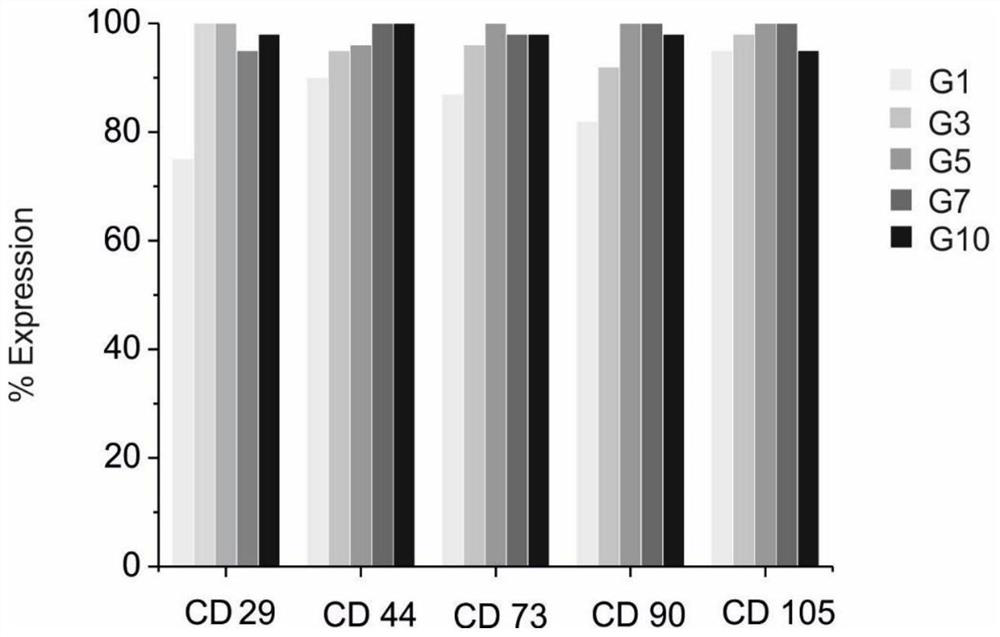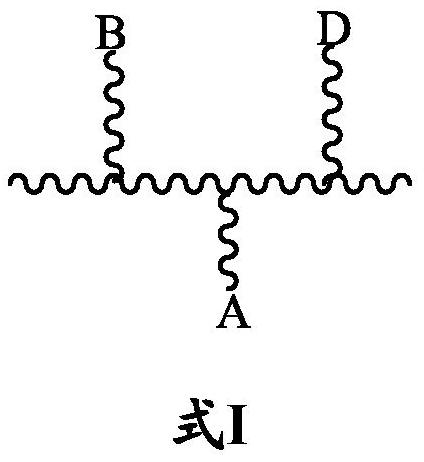A kind of amphiphilic polymer for promoting stem cell interface adhesion growth and its preparation method and application
A polymer, amphiphilic technology, applied in the field of polymers, can solve the problems of flexible modification of substrates, limitations of biofunctionalization, weak hydrophobicity, etc., to avoid cumbersome and low efficiency, and ensure the adhesion and growth of stem cells.
- Summary
- Abstract
- Description
- Claims
- Application Information
AI Technical Summary
Problems solved by technology
Method used
Image
Examples
preparation example Construction
[0107] The preparation method of the present invention will be further described in detail in conjunction with specific examples below. It should be understood that the following examples are only for illustrating and explaining the present invention, and should not be construed as limiting the protection scope of the present invention. All technologies realized based on the above contents of the present invention are covered within the scope of protection intended by the present invention.
[0108] Unless otherwise specified, the experimental methods used in the following examples are conventional methods; the reagents and materials used in the following examples, unless otherwise specified, can be obtained from commercial sources.
[0109] The HEPES buffer used in the following examples is a buffer solution with a concentration of 100 mM and a pH of 7.5.
[0110] Optional means that the feature exists or does not exist, and also means that the feature must exist, but the sp...
Embodiment 1
[0111] Embodiment 1 Synthesis of amphiphilic graft polymer OA25-PLL-PEG3k-RGD50
[0112] Weigh 7.5mg poly-L-lysine hydrobromide (PLL, average molecular weight 2.2kDa, purchased from Shanghai Yuanye Company) in a 2ml centrifuge tube, dissolve it in 100μl HEPES buffer to obtain solution (1) .
[0113] Weigh 54mg maleimide-polyethylene glycol-succinimide ester (NHS-PEG3k-MAL, average molecular weight 3000Da, purchased from Sigma-aldrich company) (end group modification is respectively maleimide and succinimide Polyethylene glycol of imide ester) was dissolved in 100 μl N,N-dimethylformamide (analytical grade, purchased from Beijing Chemical Plant) to obtain solution (2).
[0114] Then weigh 12.6 mg of hexapeptide containing N-terminal acetyl-modified cysteine and RGD sequence, its amino acid sequence is CGRGDS (Ac-CGRGDS, molecular weight 636, purchased from Nanjing KingScript Biotechnology Co., Ltd.), and Dissolve in 100 μl HEPES buffer to obtain solution (3).
[0115] 3.2 ...
Embodiment 2
[0120] Example 2 Synthesis of amphiphilic graft polymer OA25-PLL-PEG2k-RGD30
[0121] Similar to Example 1, the difference is that 20 mg of polyethylene glycol (NHS-PEG2k-MAL, average molecular weight 2000 Da, purchased from Sigma-aldrich Company) whose end groups are modified with maleimide and succinimide esters was weighed , which was dissolved in 100 μl N,N-dimethylformamide to obtain solution (2).
[0122] Weigh 7.6 mg of hexapeptide with N-terminal acetyl-modified cysteine whose amino acid sequence is CGRGDS (Ac-CGRGDS, molecular weight 636, purchased from Nanjing GenScript Biotechnology Co., Ltd.), and dissolve it in 100 μl of HEPES buffer to obtain solution (3).
[0123] The lyophilized powder obtained was a functionalized amphiphilic polymer grafted with 25% oleic acid and 30% polyethylene glycol 2000-GRGDS, called OA25-PLL-PEG2k-RGD30.
PUM
| Property | Measurement | Unit |
|---|---|---|
| concentration | aaaaa | aaaaa |
| diameter | aaaaa | aaaaa |
| water contact angle | aaaaa | aaaaa |
Abstract
Description
Claims
Application Information
 Login to View More
Login to View More - R&D
- Intellectual Property
- Life Sciences
- Materials
- Tech Scout
- Unparalleled Data Quality
- Higher Quality Content
- 60% Fewer Hallucinations
Browse by: Latest US Patents, China's latest patents, Technical Efficacy Thesaurus, Application Domain, Technology Topic, Popular Technical Reports.
© 2025 PatSnap. All rights reserved.Legal|Privacy policy|Modern Slavery Act Transparency Statement|Sitemap|About US| Contact US: help@patsnap.com



